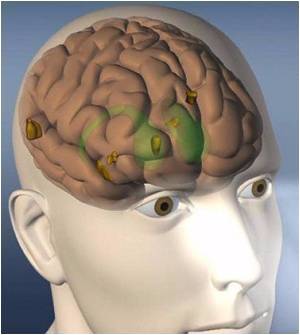
They argue that schools could boost results by simply changing the font used in their basic teaching materials.
The 28 volunteers in the Princeton study were given 90 seconds to try to memorise a list of seven features for three different species of alien.
The idea was to re-create the kind of learning in a biology class. Aliens were chosen to be sure that none of the volunteers' prior knowledge interfered with the results.
One group was given the lists in 16-point Arial pure black font, which is generally regarded to be easy and clear to read.
The other had the same information presented in either 12-point Comic Sans MS 75pc greyscale font or 12-point Bodoni MT 75pc greyscale.
Advertisement
Researchers found that, on average, those given the harder-to-read fonts actually recalled 14pc more.
Advertisement
It is an example of the positive effects of what scientists call "disfluency".
"Disfluency is just a subjective feeling of difficulty associated with any mental task," the BBC quoted psychology Prof Daniel Oppenheimer, one of the co-authors of the study, as saying.
"So if something is hard to see or hear, it feels disfluent... We'd found that disfluency led people to think harder about things," Oppenheimer added.
Keen to see if their findings actually worked in practice, the Princeton University team then tested their results on 222 students aged between 15 and 18 at a secondary school in Chesterland, Ohio.eachers were asked to send all supplementary learning materials to the researchers, who then changed the texts to the harder-to-read fonts Haettenschweiler, Monotype Corsiva, and Comic Sans Italicised.
Students were split randomly into two groups - with some of them receiving the amended versions, and the others the original, unchanged documents.
Teachers were not told about the hypothesis so as to avoid influencing the results.
Students given the harder-to-read materials scored higher in their classroom assessments than those in the control group. This was the case across a range of subjects - from English, to Physics to History.
The finding is to be published in the international journal Cognition.
Source-ANI







